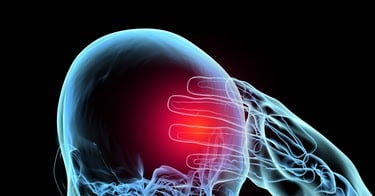Last year, results from a phase 3 clinical trial showed the long-acting injectable aripiprazole...
Study Finds Rates of SGA-Related Neuromotor Side Effects Are Similar in Youth, Adults
 |
Christoph Correll, M.D., of Zucker Hillside Hospital in Glen Oaks, N.Y., and colleagues analyzed data from the Second-Generation Antipsychotic Treatment Indications, Effectiveness and Tolerability in Youth (SATIETY) inception cohort study. EPS was assessed at baseline and four, eight, and 12 weeks after naturalistic SGA initiation for schizophrenia, mood, disruptive behavior, and autism spectrum disorders in 342 young people (aged 4 to 19). Drug-induced parkinsonism was defined by incident mean score on the Simpson-Angus Scale (SAS) of more than 0.33, anticholinergic initiation, or an increasing SAS score of two or more in patients with baseline EPS.
Of the cohort, 15.2% developed drug-induced parkinsonism. Raw SGA-grouped drug-induced parkinsonism rates were 1.5% for patients taking quetiapine, 13.8% for olanzapine, 16.1% for risperidone, 20.0% for ziprasidone, and 27.3% for aripiprazole. SGA type, dose, higher age, and lower baseline functioning were jointly associated with drug-induced parkinsonism.
“Overall rates of drug-induced parkinsonism during second-generation antipsychotic (SGA) treatment were low, indicating that the short-term neuromotor adverse effects of SGAs during routine care are not a major clinical problem,” the researchers stated. “During naturalistic treatment, particularly low rates of drug-induced parkinsonism were found with quetiapine, indicating that youth prone to extrapyramidal adverse effects might benefit from this drug choice.
For related information, see the Psychiatric News article “More Youth Using Antipsychotics Concurrent With Other Medications.”
(Image: EmiliaUngur/Shuttestock.com)





